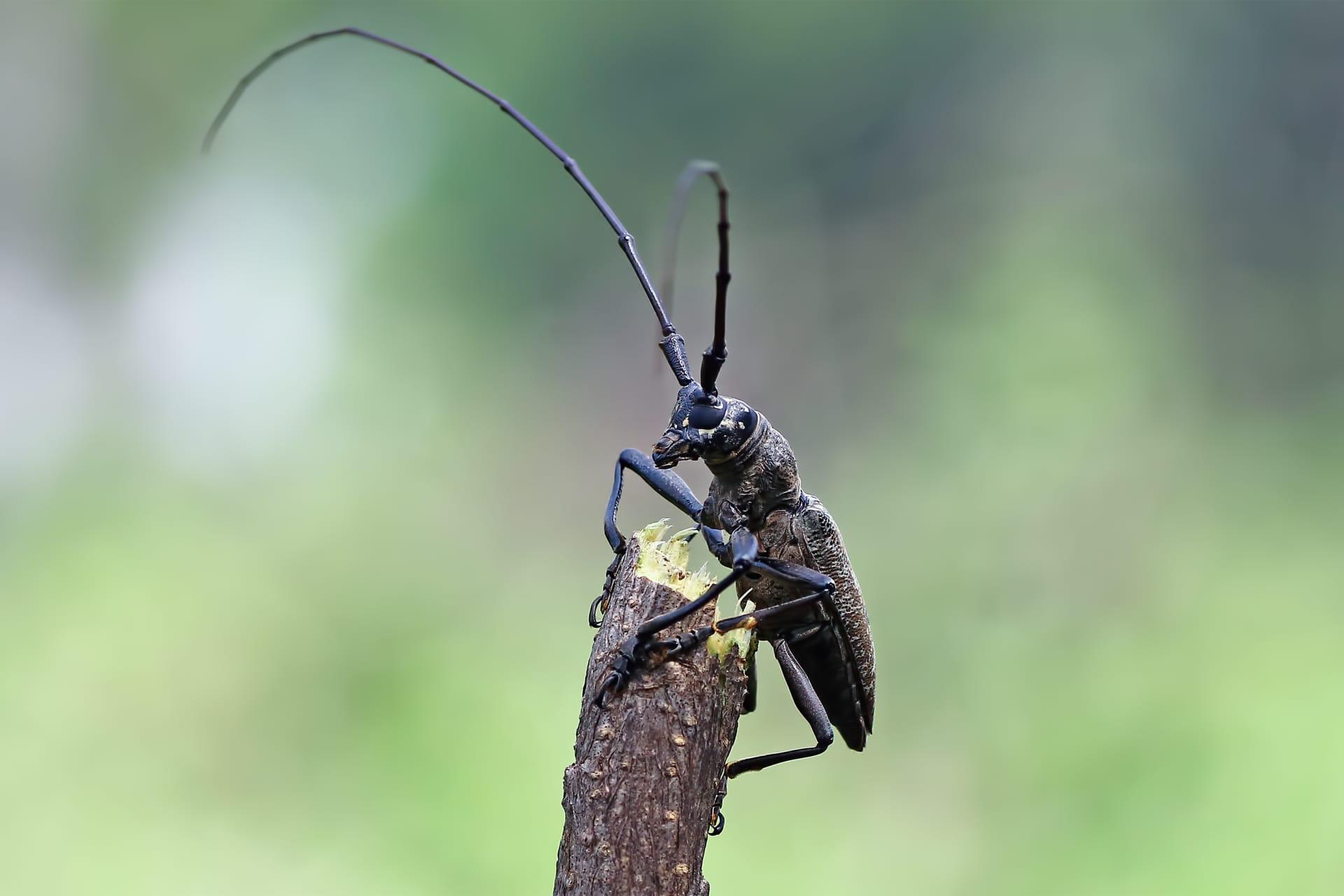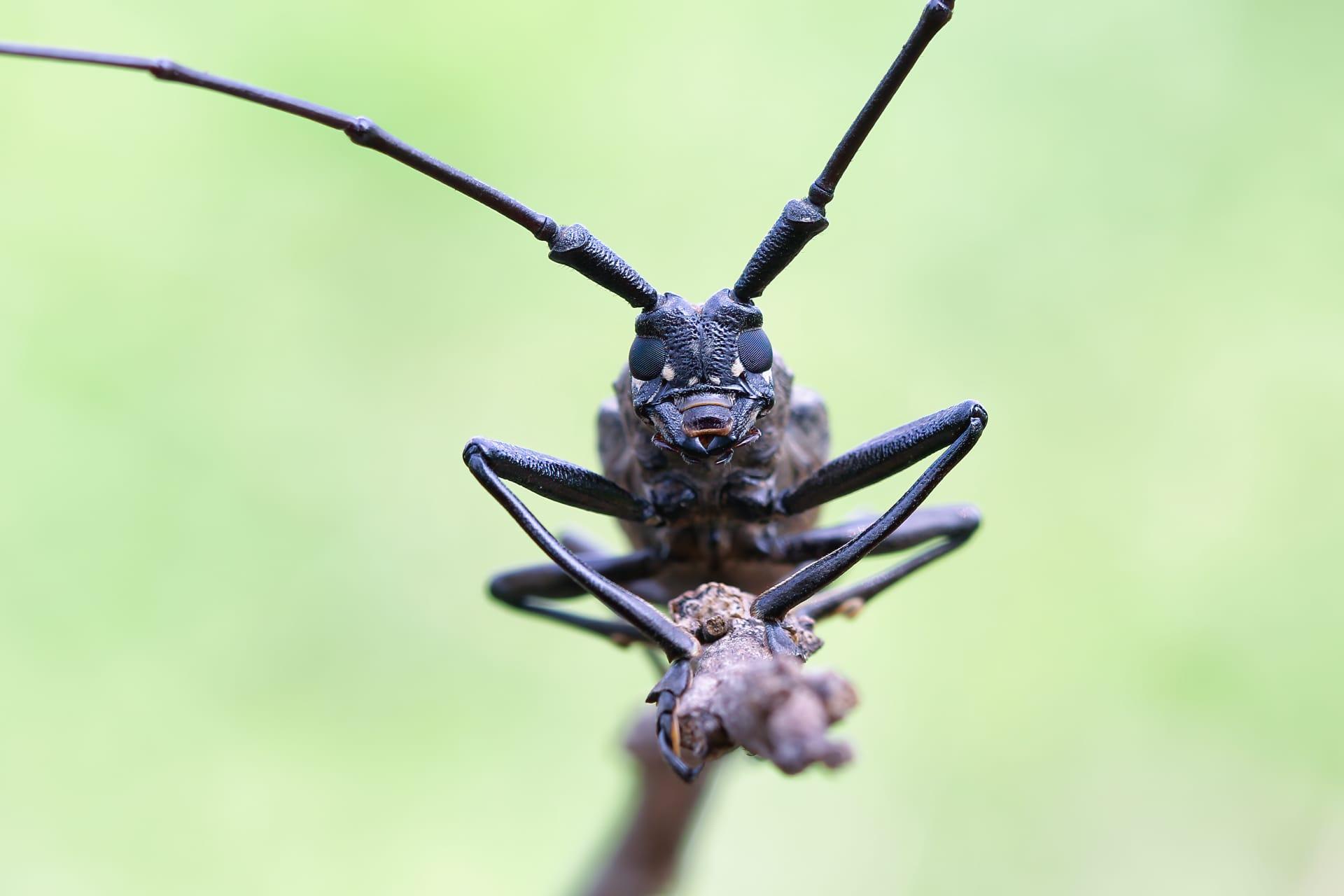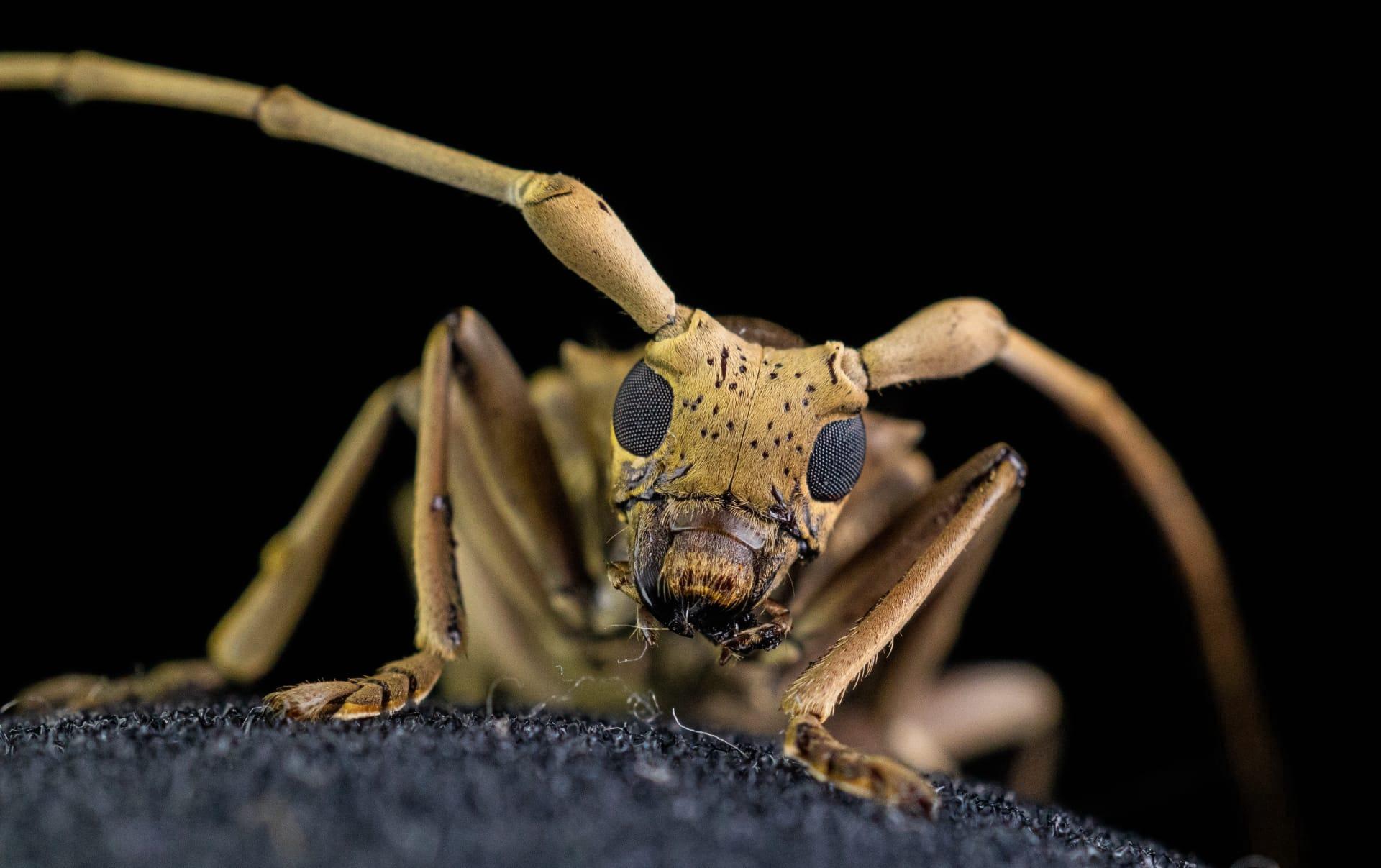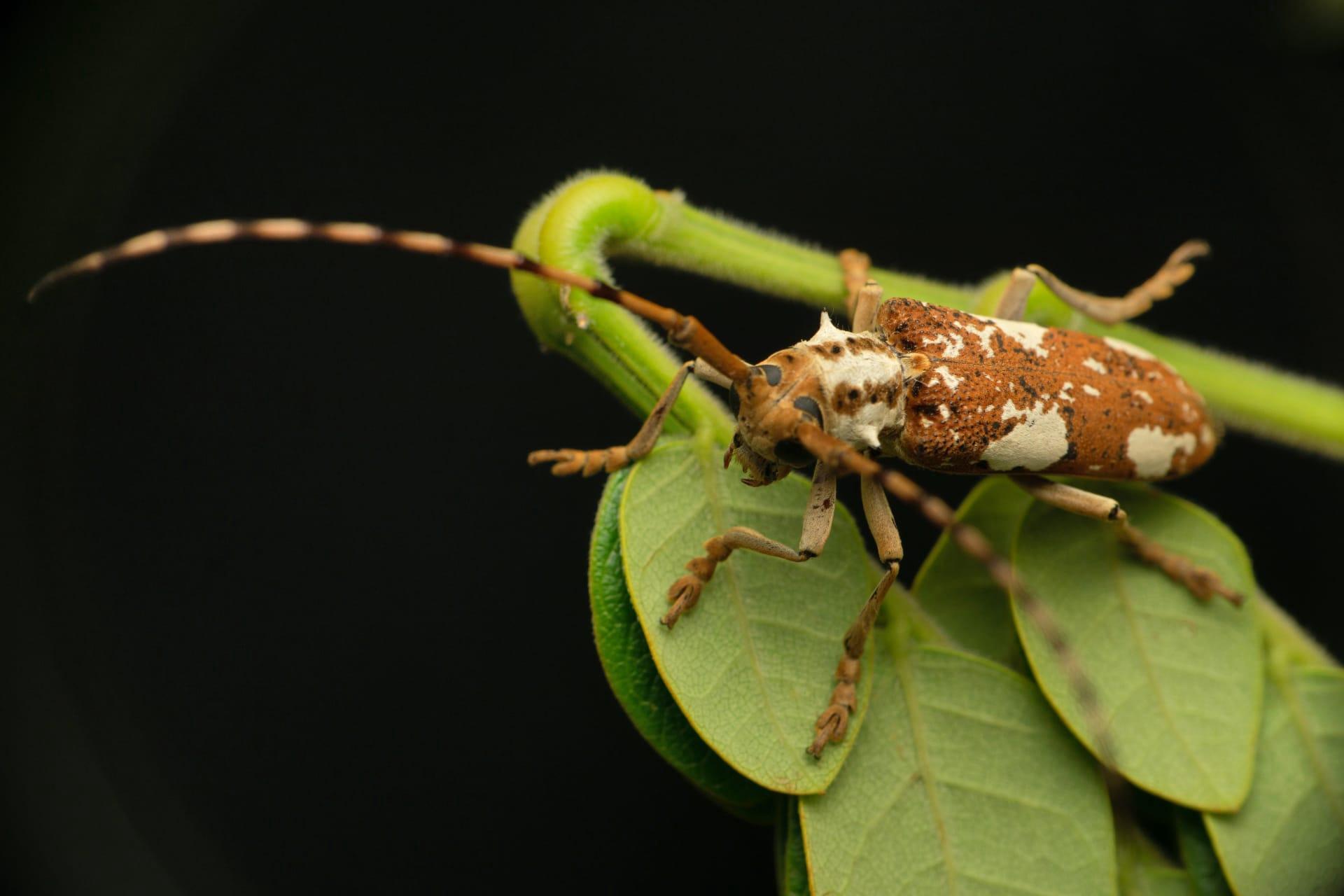Longhorn Beetle Characteristics
- Home /
- Mini Encyclopedia /
- Animal /
- Longhorn Beetle Characteristics
1
The Longhorn Beetle, a fascinating creature in the insect world, is renowned for its distinctive long antennae, often exceeding the length of its own body, which ranges from 0.8 to 6.7 inches in length. These beetles showcase a variety of colors and patterns, making them a visually diverse group. Their lifespan is intriguing as well; in the larval stage, they can live for several years, but as adults, their lifespan is significantly shorter, usually only a few months.
One of the most remarkable organs of the Longhorn Beetle is its antennae, which can be up to three times the length of their bodies. These antennae are not just for show; they play a crucial role in their survival. The antennae are packed with sensory organs that detect pheromones, aiding in finding mates and sensing environmental changes. They also help in navigation and locating food, particularly wood and plant matter, which they rely on for sustenance.

2
Question: What role do Longhorn Beetles play in the ecosystem?
Answer: Longhorn Beetles are vital to their ecosystems, primarily due to their role as decomposers. In their larval stage, they bore into and feed on wood, often from dead or decaying trees. This process accelerates the breakdown of wood, returning essential nutrients back to the soil. However, some species can also target living trees, sometimes causing significant damage to forestry and ornamental trees. Therefore, they are a double-edged sword in their environmental impact.

3
Longhorn Beetles are known for their unique locomotion. Adults are capable fliers, with their strong and elongated bodies aiding in steady flight. However, they are more commonly seen crawling on tree trunks and branches, using their clawed feet for grip. Their movement is typically slow and deliberate, reflecting their methodical approach to navigating their woody habitats.
In terms of feeding habits, Longhorn Beetles are primarily xylophagous, meaning they feed on wood. The larvae are the primary wood-consumers, equipped with strong, chewing mouthparts to bore into and digest wood fibers. Adult beetles, on the other hand, may feed on nectar, sap, and leaves. This dietary shift from larva to adult showcases the beetle's adaptability in different life stages.

4
Longhorn Beetles are found in various environments, predominantly in wooded areas where trees are abundant. These habitats provide not only food but also shelter and mating grounds. They are adaptable to a range of climates, from tropical rainforests to temperate forests. Some species are even found in urban areas, inhabiting parks and gardens where trees are present.
The reproduction of Longhorn Beetles involves fascinating rituals and adaptations. Females lay eggs in crevices of wood, ensuring a food source for the emerging larvae. The larvae then undergo several molts, each time increasing in size, until they are ready to pupate. The pupation stage leads to the transformation into an adult beetle, after which they emerge to continue the life cycle. This cycle underscores the close relationship these beetles have with their woody environment, both as a food source and a reproductive habitat.

5
Book: "The Secret Life of Beetles: Discovering the Hidden World of Longhorns" by Dr. James H. Harding, published in the United States in 2010. This book delves into the intriguing world of beetles, with a special focus on Longhorn Beetles. Harding's work combines scientific research with captivating narratives, offering readers a comprehensive look into the behavior, life cycle, and ecological impact of these beetles.
Book: "Beetles of the World: A Focus on Longhorns" by Maria S. Fernandez, released in the UK in 2015. Fernandez, an entomologist, presents an in-depth study of Longhorn Beetles from a global perspective. The book features detailed descriptions, high-quality photographs, and insights into the diverse species of Longhorn Beetles found across different continents, highlighting their adaptations and roles in various ecosystems.